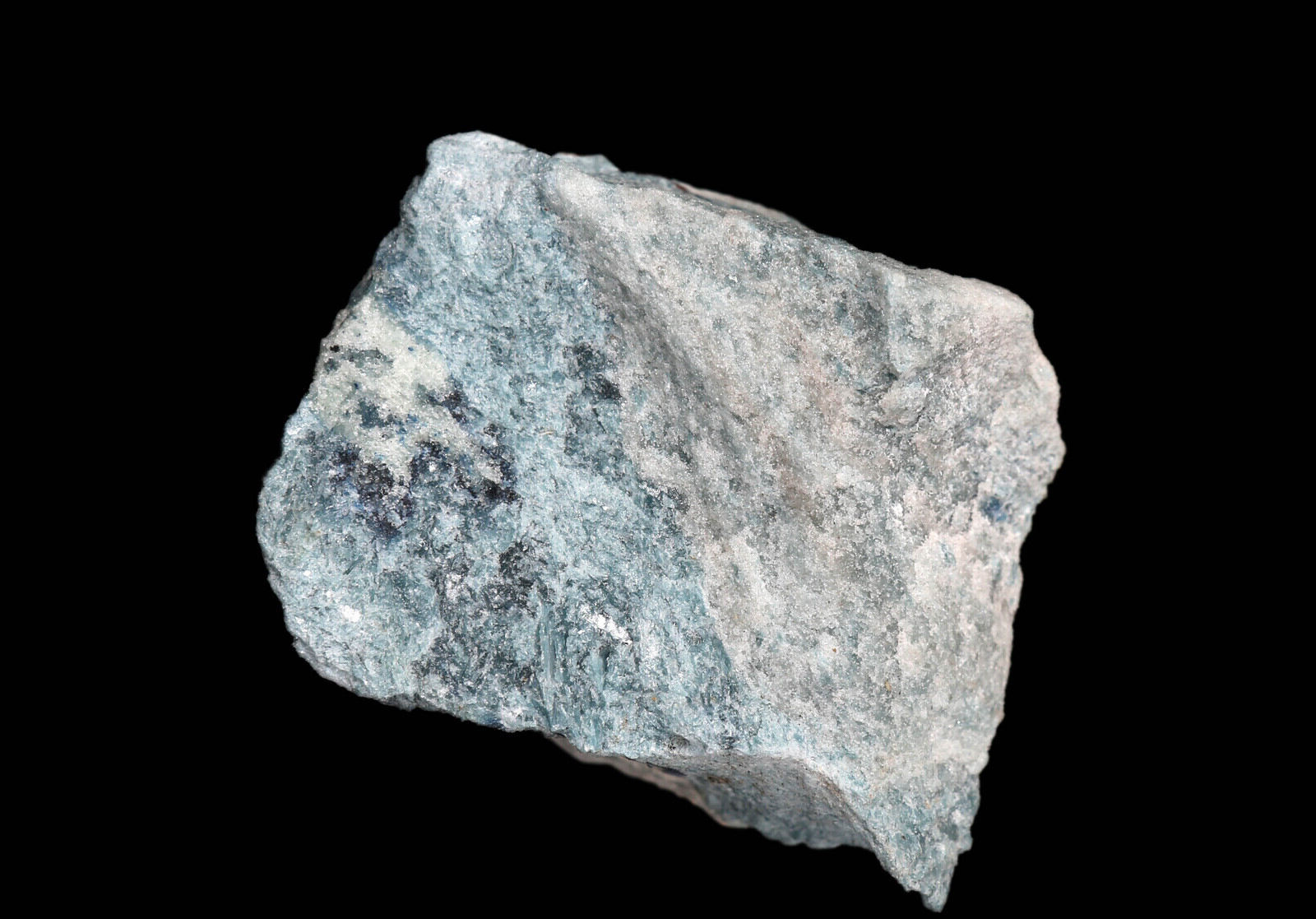
Berlin, the vibrant capital of Germany, is a city brimming with history, culture, and innovation. But did you know that Berlinites—the people who call this city home—are just as fascinating as the city itself? From their unique traditions to their quirky habits, Berlinites offer a glimpse into a lifestyle that is both modern and steeped in history. Ever wondered what makes a Berlinite tick? Whether it's their love for currywurst, their penchant for techno music, or their dedication to environmental sustainability, Berlinites embody a spirit of resilience and creativity. Curious to learn more about these intriguing individuals? Let's dive into 40 facts that will give you a deeper understanding of what it means to be a true Berlinite.
Key Takeaways:
- Berlinite is a rare and fascinating mineral with unique properties like piezoelectricity and fluorescence. It's named after a German chemist and has contributed to our understanding of geological processes.
- Despite its rarity, Berlinite can be found in specific locations around the world, including Sweden, Norway, the United States, and Russia. Its crystals are prized by collectors for their beauty and unique characteristics.
Berlinite: A Hidden Gem
Berlinite, a rare mineral, often flies under the radar. Yet, its unique properties and fascinating history make it a subject worth exploring. Here are some intriguing facts about this lesser-known mineral.
What is Berlinite?
Berlinite is a phosphate mineral with a unique crystal structure. Its rarity and distinct characteristics make it a subject of interest for mineralogists and collectors alike.
- Berlinite's chemical formula is AlPO4, which means it consists of aluminum, phosphorus, and oxygen.
- It is named after the German chemist Nils Johan Berlin, who first described it in 1868.
- Berlinite is often found in granite pegmatites and hydrothermal veins.
- This mineral is colorless to white, sometimes exhibiting a pale yellow or pink hue.
- Berlinite has a Mohs hardness of 6.5, making it relatively hard but not as hard as quartz.
- It has a vitreous to greasy luster, giving it a shiny appearance.
- Berlinite is transparent to translucent, allowing light to pass through it.
- It has a specific gravity of 2.6, which is relatively low compared to other minerals.
- Berlinite is often associated with other phosphate minerals like apatite and monazite.
- It is sometimes used as a synthetic substitute for quartz in various industrial applications.
Where Can You Find Berlinite?
Berlinite is not a common mineral, but it can be found in specific locations around the world. Its rarity adds to its allure for collectors and geologists.
- Significant deposits of Berlinite have been found in Sweden, Norway, and the United States.
- In the U.S., notable occurrences are in South Dakota and New Hampshire.
- Berlinite is also found in the Kola Peninsula in Russia, a region known for its rich mineral diversity.
- Small quantities have been discovered in Brazil, particularly in the Minas Gerais region.
- It is often found in association with other rare minerals in complex geological environments.
- Berlinite can also be synthesized in laboratories for research and industrial purposes.
- Collectors often seek Berlinite specimens from well-known localities for their mineral collections.
- The mineral is typically extracted from pegmatite mines, where it forms in cavities and veins.
- Berlinite crystals can sometimes be found in museum collections, showcasing their unique beauty.
- Due to its rarity, Berlinite is not commonly available in commercial markets.
Unique Properties of Berlinite
Berlinite's distinct properties set it apart from other minerals. These characteristics make it a subject of study for scientists and a prized specimen for collectors.
- Berlinite has a trigonal crystal system, which means its crystals form in a threefold rotational symmetry.
- It exhibits piezoelectric properties, meaning it can generate an electric charge when subjected to mechanical stress.
- Berlinite is also pyroelectric, producing an electric charge in response to temperature changes.
- Its crystal structure is similar to that of quartz, leading to its use as a synthetic quartz substitute.
- Berlinite can fluoresce under ultraviolet light, emitting a faint glow.
- It has a low thermal expansion coefficient, making it stable under temperature fluctuations.
- Berlinite's unique properties make it useful in various scientific and industrial applications.
- It is sometimes used in the production of ceramics and glass due to its stability and hardness.
- Berlinite's piezoelectric properties are utilized in electronic devices like sensors and transducers.
- Researchers study Berlinite to understand its potential applications in new technologies.
Berlinite in History and Culture
Berlinite may not be as well-known as other minerals, but it has its own place in history and culture. Its discovery and subsequent studies have contributed to our understanding of mineralogy.
- Nils Johan Berlin, after whom Berlinite is named, was a prominent chemist and mineralogist in the 19th century.
- The mineral was first described in 1868, making it a relatively recent discovery in the field of mineralogy.
- Berlinite's unique properties have made it a subject of interest for scientists studying piezoelectric and pyroelectric materials.
- It has been featured in various scientific publications and mineralogical journals.
- Berlinite specimens are often displayed in museums and mineral exhibitions, showcasing their beauty and rarity.
- Collectors value Berlinite for its unique properties and the challenge of finding high-quality specimens.
- The mineral has been used in educational settings to teach students about crystal structures and mineral properties.
- Berlinite's piezoelectric properties have inspired research into new materials with similar characteristics.
- It has contributed to our understanding of phosphate minerals and their role in geological processes.
- Berlinite continues to be a subject of study and fascination for mineralogists, collectors, and researchers around the world.
Final Thoughts on Berlinite
Berlinite, a rare phosphate mineral, has fascinated geologists and collectors alike. Its unique crystal structure and formation process make it a subject of study and admiration. Found primarily in granite pegmatites, Berlinite's rarity adds to its allure. This mineral's connection to the city of Berlin, where it was first discovered, adds a historical layer to its significance. Collectors prize Berlinite for its distinct appearance and the challenge of finding it. Geologists value it for the insights it provides into geological processes. Whether you're a seasoned collector or a curious novice, Berlinite offers something intriguing. Its story, from discovery to present-day appreciation, highlights the wonders of Earth's geological diversity. So next time you come across a piece of Berlinite, remember the rich history and scientific value it holds. This mineral truly embodies the fascinating complexity of our planet.
Frequently Asked Questions
Was this page helpful?
Our commitment to delivering trustworthy and engaging content is at the heart of what we do. Each fact on our site is contributed by real users like you, bringing a wealth of diverse insights and information. To ensure the highest standards of accuracy and reliability, our dedicated editors meticulously review each submission. This process guarantees that the facts we share are not only fascinating but also credible. Trust in our commitment to quality and authenticity as you explore and learn with us.


